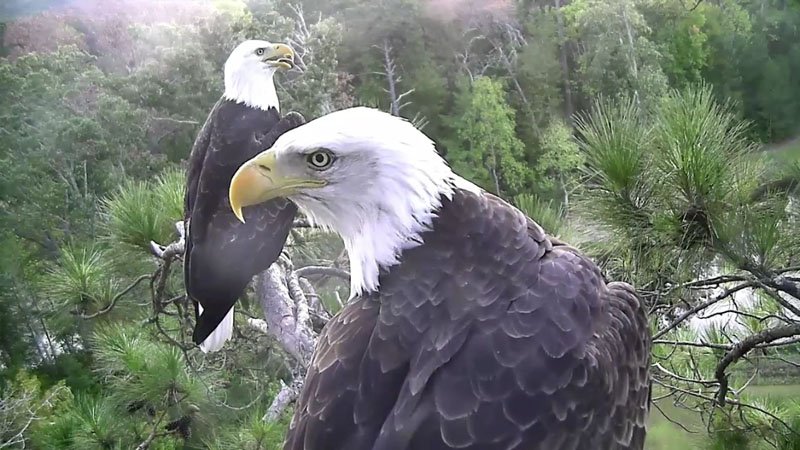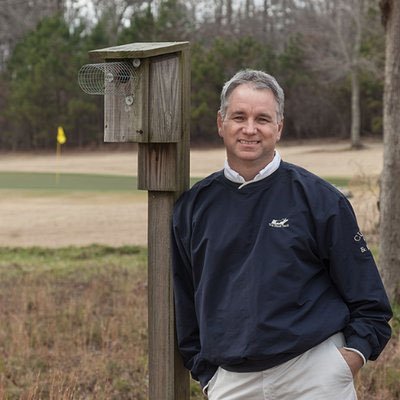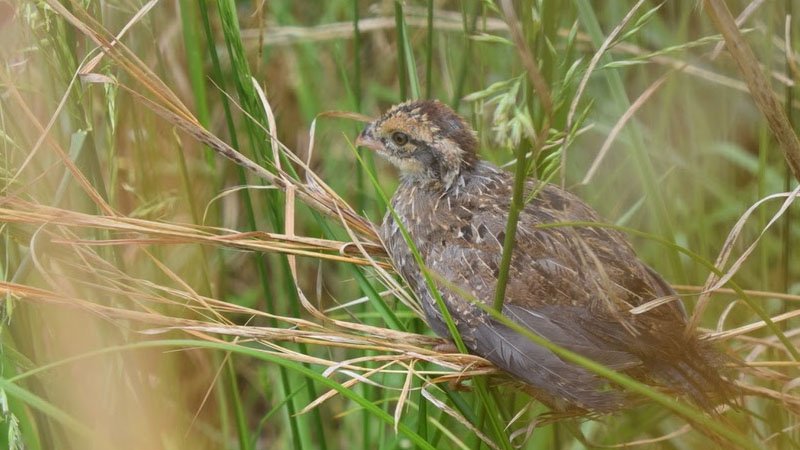
Which came first, the eagle or the egg?
 At The Bear Trace at Harrison Bay, the big question is, which came first, environmental stewardship efforts at this state-owned course along the Tennessee River near Chattanooga, or the bald eagles that have made the property famous on a global scale?
At The Bear Trace at Harrison Bay, the big question is, which came first, environmental stewardship efforts at this state-owned course along the Tennessee River near Chattanooga, or the bald eagles that have made the property famous on a global scale?
"The environmental practices on the golf course came first," said Paul Carter, CGCS at Harrison Bay since 2001. "We were doing everything before the eagles came along,"
Since Carter (pictured at right) became superintendent in 2001 at Harrison Bay, one of nine state park golf courses in Tennessee, he and his team have implemented a host of environmental programs to promote the abundant wildlife that call the Tennessee Valley home.
Those efforts include converting about 75 acres of once-managed turf to native areas and installing 42 bluebird houses, 11 wood duck boxes, nine turkey feeders, seven mallard nesting tubes and raising and releasing two coveys of quail. It was about 2010 when a pair of mature eagles first appeared and built a nest along the golf course near the river.
What we've done in the environmental aspect helped bring the eagles in and allowed them to feel like this was a safe haven and a place to raise a family. The eagles are the cherry on top.
The course was certified by the Audubon Cooperative Sanctuary Program for Golf Courses and the Groundwater Foundation in 2008 for its stewardship efforts. It also has been recognized by the Golf Environment Organization Foundation, a European entity dedicated to inspiring, supporting and sharing golf's commitment to nature, resources and community. In 2011, Carter was named the TurfNet Superintendent of the Year, presented by Syngenta.
"We used to mow tree line to tree line, and we're now maintaining fewer acres than ever," Carter said. "We're saving fuel and resources.
"What we've done in the environmental aspect helped bring the eagles in and allowed them to feel like this was a safe haven and a place to raise a family. The eagles are the cherry on top."
That's all well and good, but why should such programs matter to golfers or those who manage the courses on which they play?

"I've always felt the golf course is a living, breathing thing. And we treat it as such," Carter said. "You get out of it what you put into it. You can overwater, put down too much fertilizer and cut everything down, and it will look good and it will play good, but you haven't done anything for the environment. That's a 50-50 relationship. Every superintendent has a responsibility to take care of the natural environment. Of course, golfers have to have a place to play and that pays our salaries, but we leave at the end of the day, and what are we leaving behind for the animals who call this home? If we don't manage this with that in mind then we are failing. I wouldn't want to be at a golf course that wouldn't take that into account."
Eagles first showed up in 2010 at Harrison Bay, and those environmental programs came to the forefront a year later, thanks to fundraising efforts through The Friends of Harrison Bay, when park officials first installed a camera that peered into a nest. That technical set up has been updated several times, and has brought the nesting habits of bald eagles into millions of homes, schools and offices all around the world, including viewers from 36 countries last year alone.
Although the same male has occupied the nest each year, four females have nested at Harrison Bay in nearly a decade.
The eagles typically lay eggs at the Harrison Bay nest in mid-February. It's about another 35 days before the eggs hatch and then eight weeks before the chicks leave the nest. Hundreds of people come through the property each year for tours and a chance to see the eagles in person.
"It started out just as a way for us to see them," Carter said. "It's amazing how many people are watching it online. Now, here we are. It's an untold number of people who have found out about this and have come to the course who never would have before."

